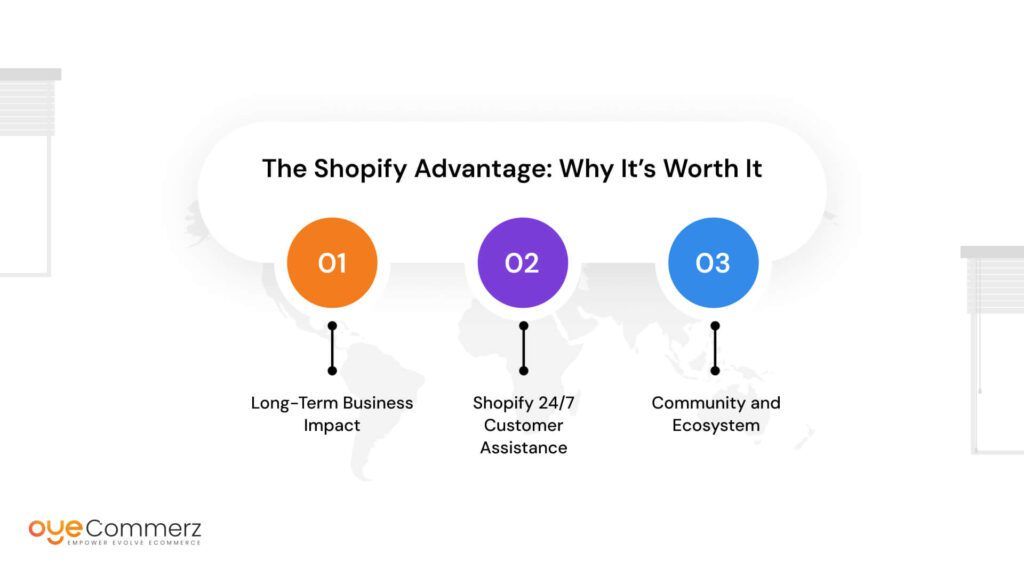In the current digital environment, choosing the right e-commerce solution is crucial for enterprise growth. If you're presently using Wix but thinking about a switch to Shopify, you are in good company. Numerous businesses are transitioning to Shopify to take advantage of its powerful features, expandability, and dedicated e-commerce solutions. This guide will outline the migration process, guaranteeing a seamless move and setting you up for e-commerce achievement.
Why Migrate from Wix to Shopify?
Before exploring the transition process, it's essential to recognize why Shopify might be a superior fit for your e-commerce requirements:
- E-commerce Focus: In contrast to Wix, which caters to various use cases, Shopify is designed exclusively for e-commerce, providing sophisticated tools and features optimized for online selling.
- Growth Potential: As your business expands, Shopify can seamlessly accommodate higher traffic and sales capacity without compromising performance.
- Wide-ranging App Ecosystem: Shopify provides a large library of apps that can boost your store's capabilities, from advertising solutions to stock control solutions.
- Search Engine Optimization: Shopify provides better SEO tools, which can help improving your store’s presence on Google and others.
- Payment Options: With multiple transaction platforms supported, including Shopify Payments, you can offer shoppers a wide range of options.
Getting Ready for Migration
To guarantee a smooth migration from Wix to Shopify, adhere to these preparation guidelines:
1. Backup Your Data
Export all your data from Wix, including item information, user data, and order history. This process is crucial as it ensures you have a backup of all data before starting the migration.
2. Select a Pricing Option
Evaluate the different Shopify plans offered and choose one that best suits your company’s requirements. Consider factors such as costs, built-in tools, and scalability options.
3. Create Your Shopify Profile
Register your Shopify account and familiarize yourself with the platform’s dashboard and tools.
The Transition Process
Now that you are ready, it’s time to migrate your store from Wix to Shopify. Here’s how:
1. Transfer Items
Utilize Shopify's integrated import tool or third-party migration apps like Cart2Cart or LitExtension to transfer your items from Wix to Shopify.
Ensure that item details, images, prices, and variants are accurately imported.
2. Migrate Client Information
Import customer information such as names and email addresses into your new Shopify store. This step is vital for maintaining client connections and marketing efforts.
3. Set Up Payment Gateways
Set up transaction methods in your Shopify store to ensure smooth transactions. You can choose from multiple options like credit cards, PayPal, and others.
4. Customize Your Store Design
Choose a theme that reflects your brand identity. Modify it using Shopify's customization options to create an attractive and intuitive store layout.
5. Search Engine Optimization
Implement SEO best practices during the migration process:
- Set up 301 redirects from old Wix URLs to new Shopify URLs.
- Optimize product titles, descriptions, and images with relevant keywords.
- Update meta tags and alt texts for better search engine visibility.
Post-Migration Steps
Once your store is live on Shopify, consider these follow-up steps:
1. Test Your Store
Conduct comprehensive testing of your new store:
- Check product pages for accuracy.
- Test transaction methods.
- Make sure all hyperlinks work correctly.
2. Promote Your Store
Announce your new store launch through email newsletters and social platforms.
Consider offering promotions or sales to draw customers.
3. Track Your Progress
Use analytics tools within Shopify to track revenue growth and user activity.
Modify Shopify themes your strategies based on data insights.
Conclusion
Migrating from Wix to Shopify can significantly improve your e-commerce capabilities and lay the foundation for growth and achievement. By adhering to this manual and taking a systematic approach to the migration process, you can ensure a smooth transition that reduces downtime and boosts opportunities for sales. Welcome the change Website customization and watch your online business thrive on its new platform!
